Transitional space: Elmgreen & Dragset create airport for Seoul’s Plateau
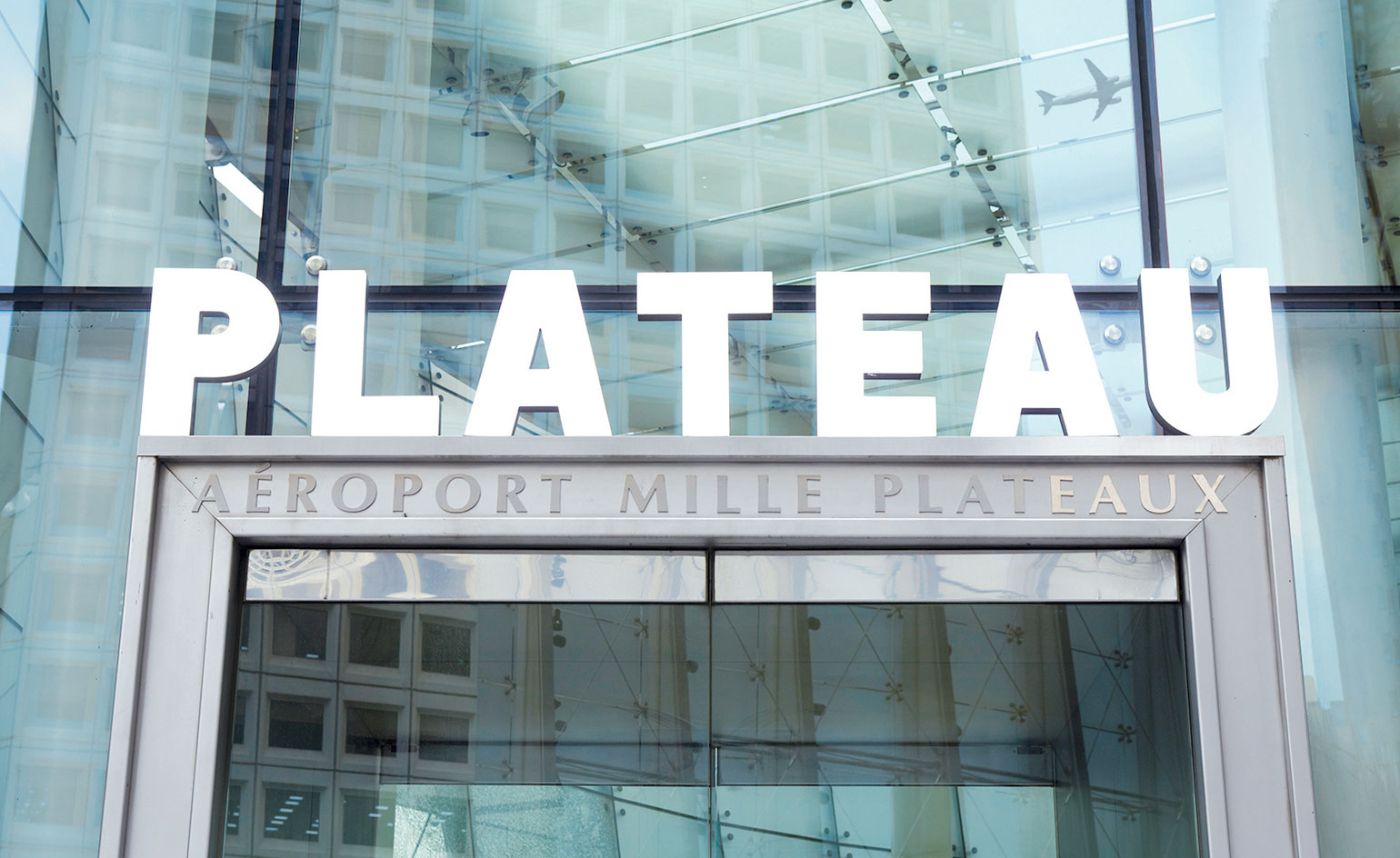
The Plateau, Samsung Museum of Art in central Seoul has been transformed into an airport by Elmgreen & Dragset, the Danish-Norwegian artist duo renowned for their trademark philosophical take on modern societal controls.
The exhibition – titled Aéroport Mille Plateaux – is notable for its meticulously recreated 1960s modernist interiors, sporting mind-teasing twists like a broken staircase leading to an unreachable Gate 23 and an abandoned baby. A selection of the works from the pair's previous exhibitions is also included.
With a title derived from the French philosopher Gilles Deleuze and psychoanalyst Felix Guattari's A Thousand Plateaus: Capitalism and Schizophrenia, visitors pass though the usual security checks – here unmanned – with a replica boarding pass (the admission ticket), while the museum shop has been transformed into a duty free vendor featuring quirky items such as Mille Plateaux eau de parfum. Wallpaper* caught up with the maverick couple to ask about their take on art and that abandoned baby.
Wallpaper*: Tell us about the inspiration behind the concept of the exhibition.
Elmgreen & Dragset: When we first visited the venue in Seoul, we both thought that the architecture reminded us somehow of a micro-scaled airport. The curved, giant glass panes, the steel columns, the entrance and the stone flooring. We started to think about the definition of transitional spaces and the similarities between airports and other public institutions, like museums.
What are you trying to achieve with the show?
There is no specific storyline or intended message at play, but there is a general feeling of abandonment and loneliness that usurps the experience. Wherever you might feel like interacting, you find some sort of denial – a closed door or a malfunction. Still, everything looks deceptively normal. To us, this is pretty much an image of the world at large.
Why the baby left in front of a cash machine?
There are changes occurring in the demographics of most of the developed world today, particularly in regions like Korea and Japan. People consider a professional career more important than having children, and the result is a dramatic decrease in birth rates. The title of this work is Modern Moses (laughs). A forgotten baby.
Would you ever make an artwork simply for its intrinsic beauty?
Intrinsic beauty bores us. That doesn't mean that a work of art has to be 'ugly' if it implies a social message. It is important for us that the aesthetics and the message in a work come together in a way where they feed off each other, or contradict each other in a thrilling way. But art doesn't have to fulfil any special purpose, we think.
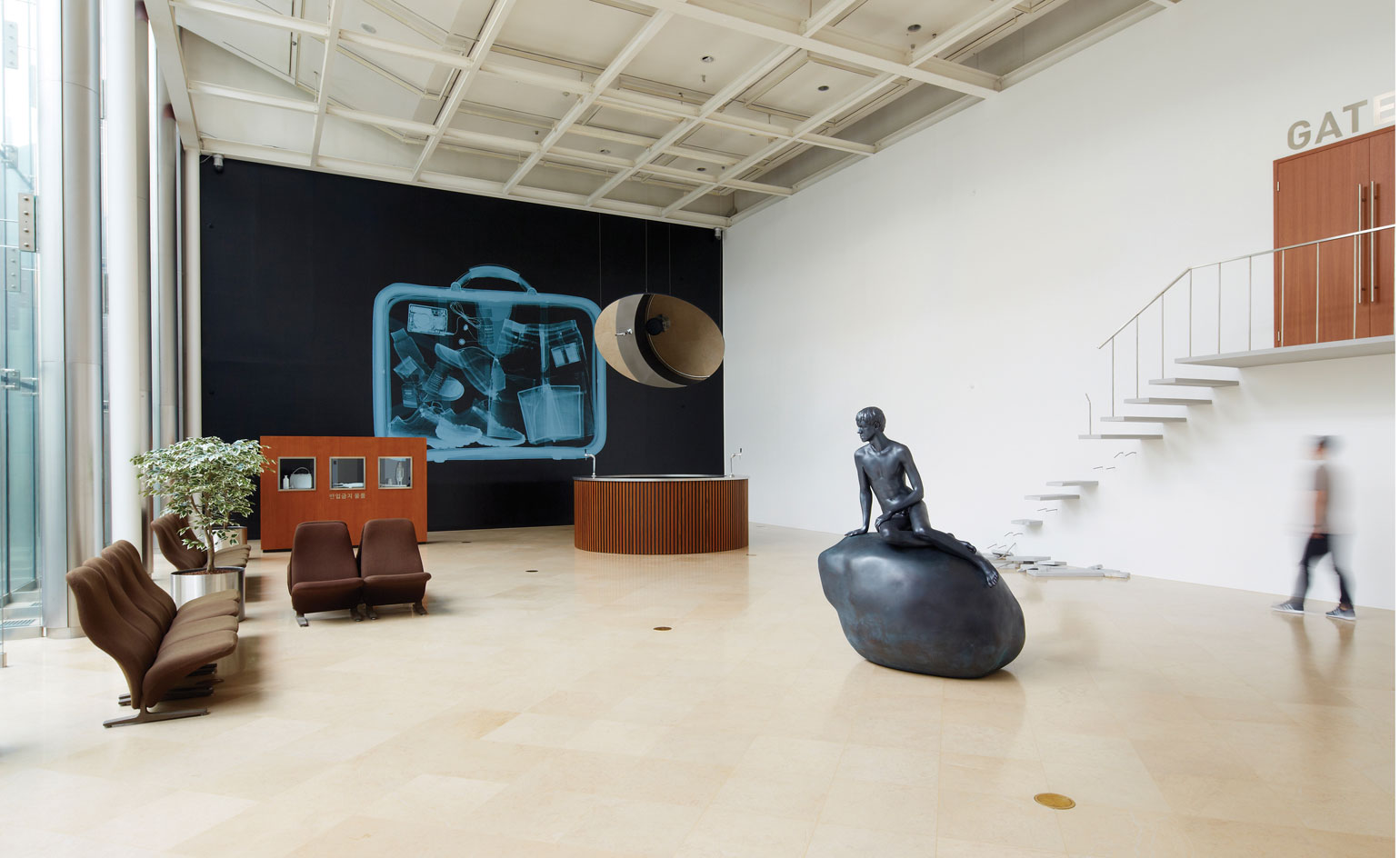
The exhibition – titled Aéroport Mille Plateaux – is notable for its meticulously recreated 1960s modernist interiors, sporting mind-teasing twists like a broken staircase leading to an unreachable Gate 23...
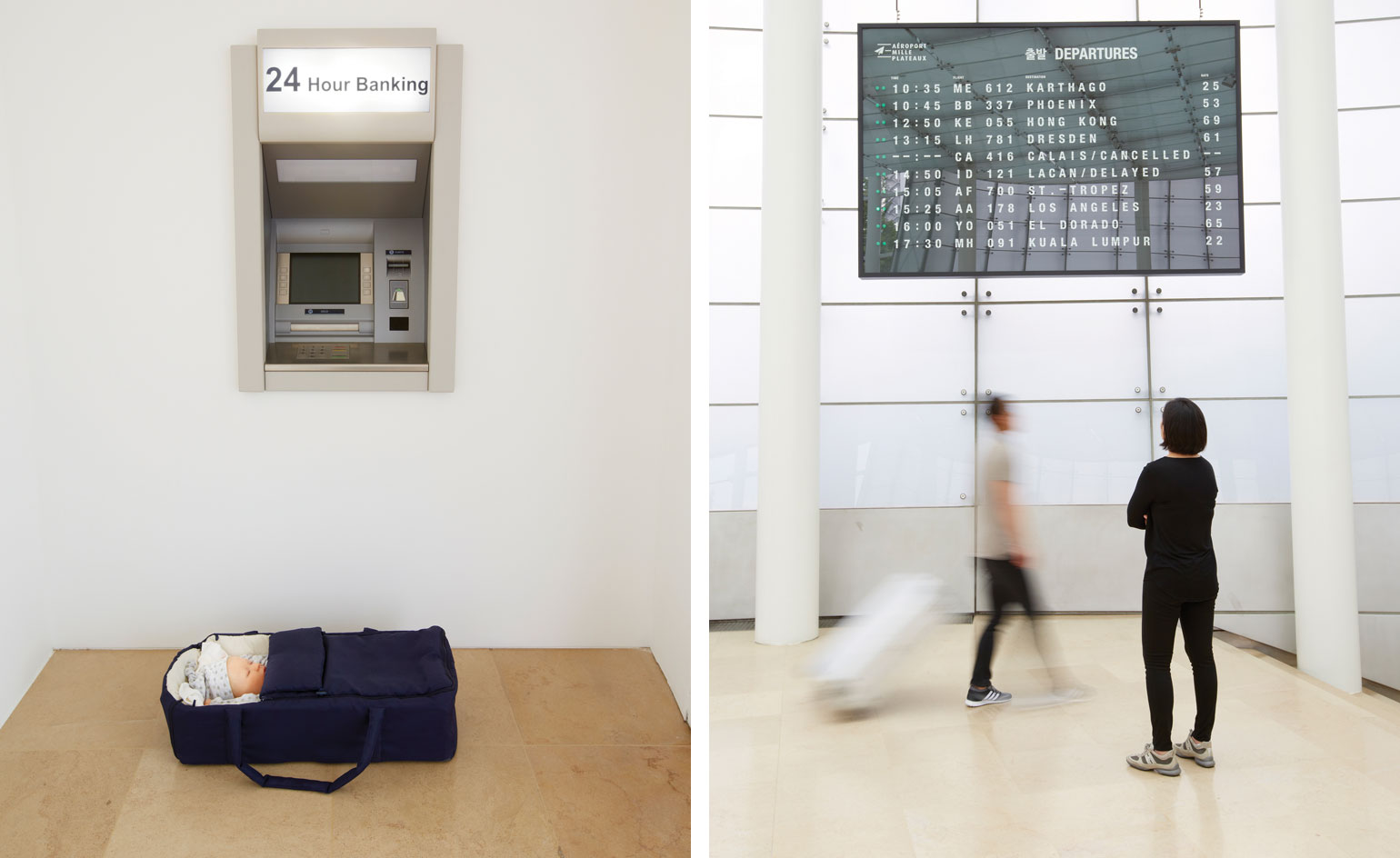
... and an abandoned baby called Modern Moses, pictured left from 2006. Right: Departures, 2015
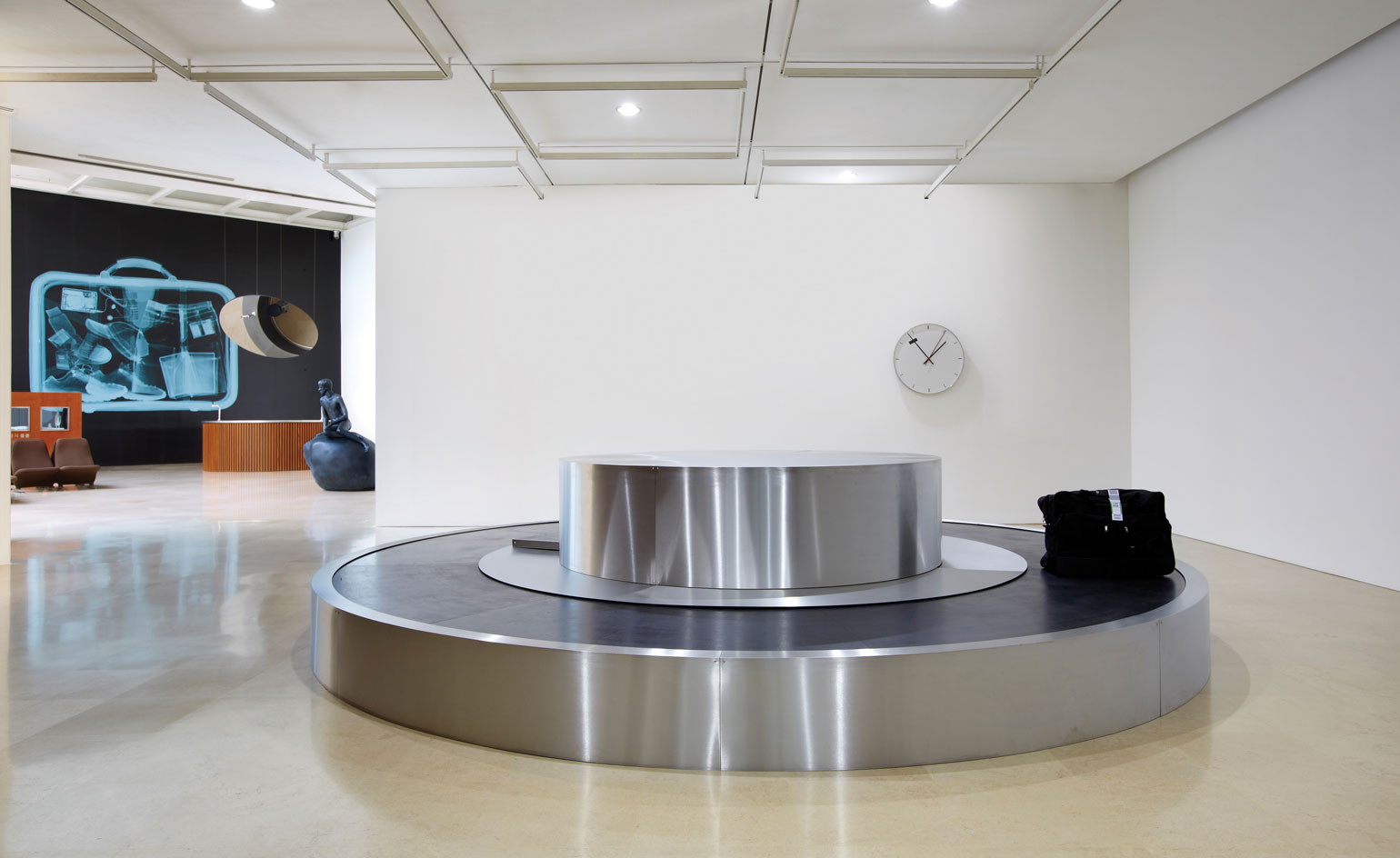
Visitors pass though the usual security checks – here unmanned – with a replica boarding pass (the admission ticket). Pictured here: Uncollected, 2005 and Powerless Structures, Fig. 247 in the rear from 2001
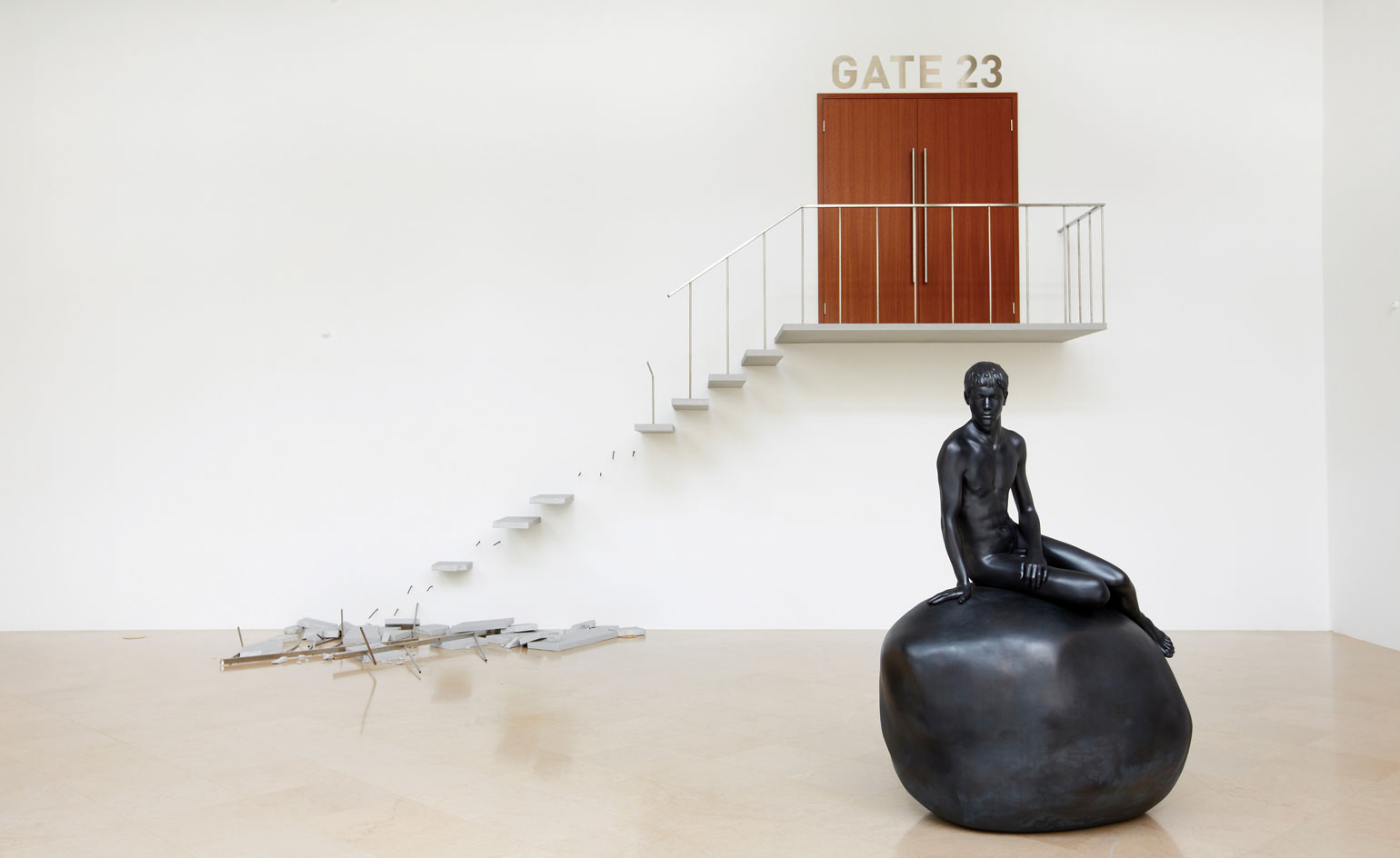
The show's title is derived from the French philosopher Gilles Deleuze and psychoanalyst Felix Guattari's A Thousand Plateaus: Capitalism and Schizophrenia. Pictured: Gate 23, 2015 and He (Black), 2013
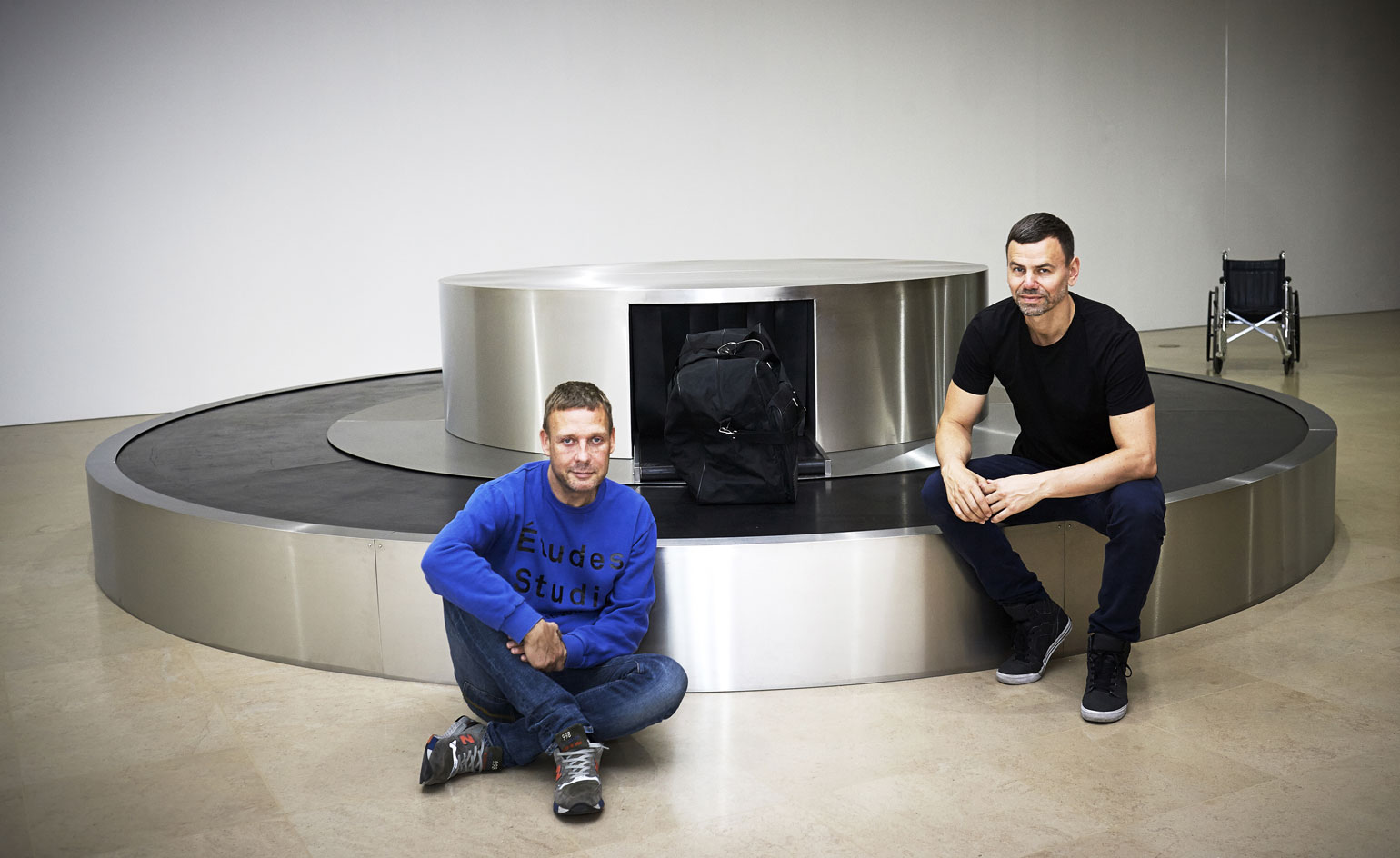
'When we first visited the venue in Seoul, we both thought that the architecture reminded us somehow of a micro-scaled airport,' explains the duo. Pictured: Uncollected, 2005 in front of Birthday, 2002
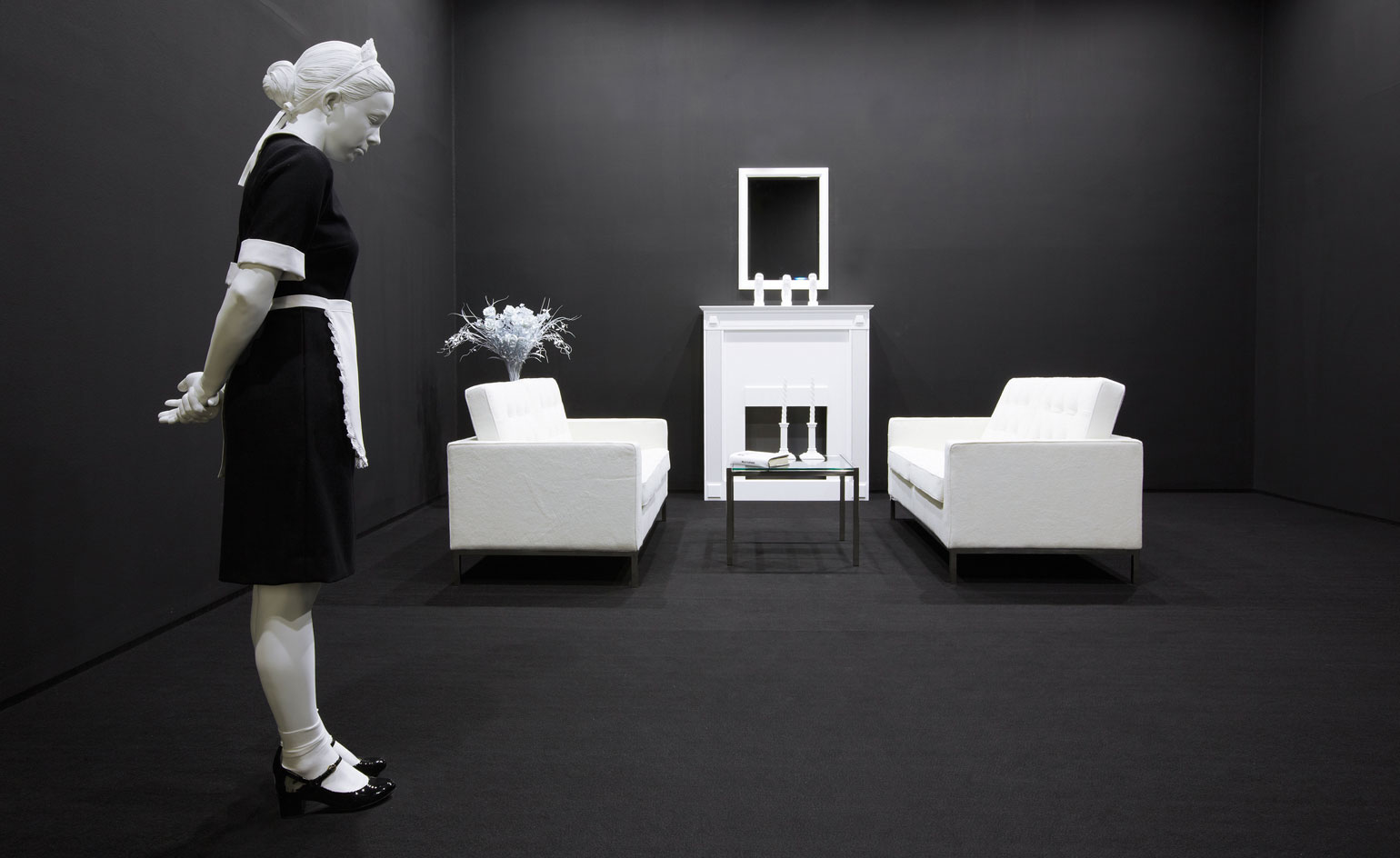
A selection of the works from the pair's previous exhibitions – such as White Maid and The Old World series, Fig 5, both pictured here from 2014 – is also included
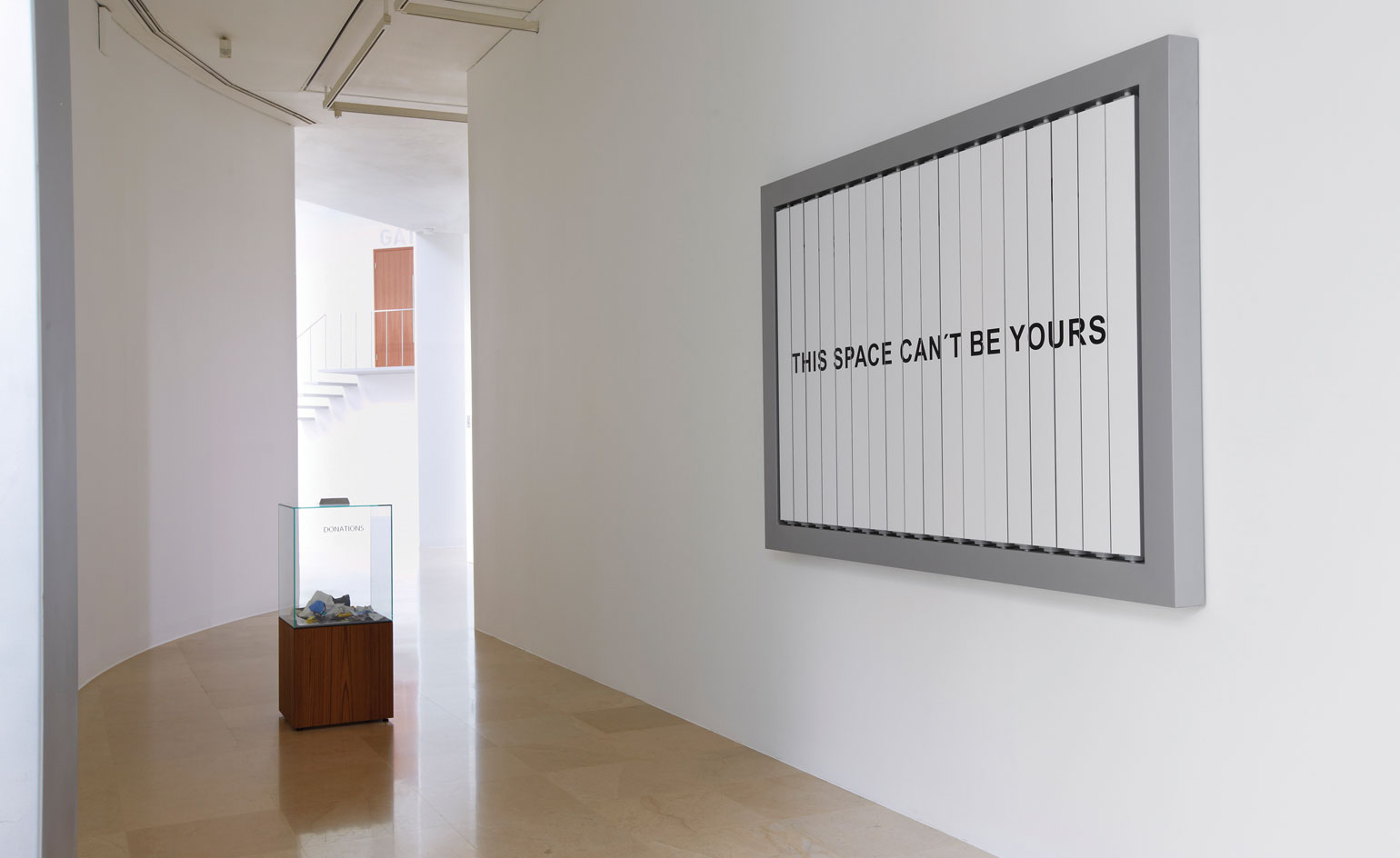
Aéroport Mille Plateaux is on view at Plateau, Samsung Museum of Art until 18 October. Pictured: Donation Box, 2006 and This Space Can’t Be Yours, 2006
ADDRESS
Plateau, Samsung Museum of Art
55 Sejong-daero
Jung-gu
Seoul, Korea 100-716
Receive our daily digest of inspiration, escapism and design stories from around the world direct to your inbox.
Catherine Shaw is a writer, editor and consultant specialising in architecture and design. She has written and contributed to over ten books, including award-winning monographs on art collector and designer Alan Chan, and on architect William Lim's Asian design philosophy. She has also authored books on architect André Fu, on Turkish interior designer Zeynep Fadıllıoğlu, and on Beijing-based OPEN Architecture's most significant cultural projects across China.
-
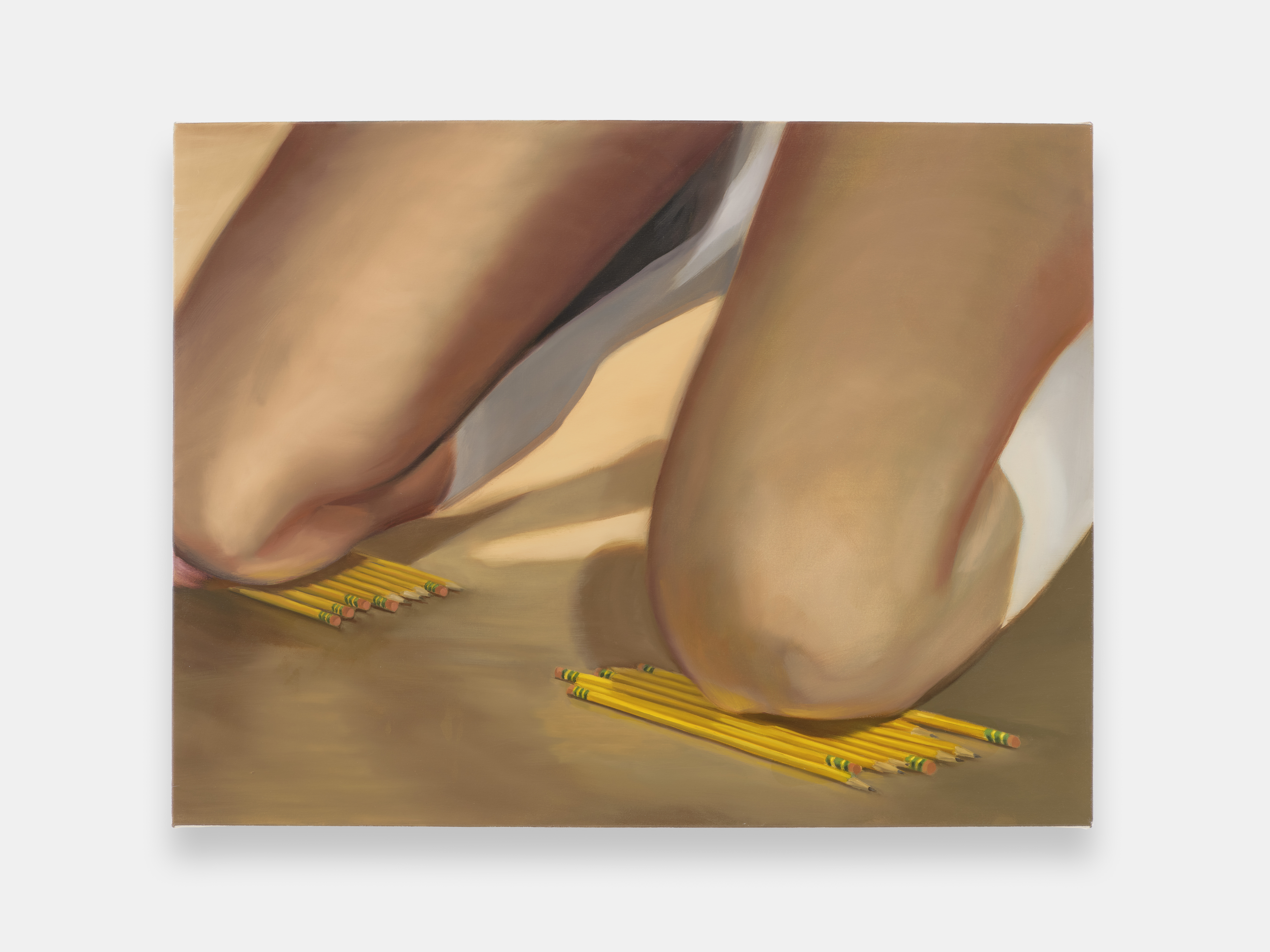 ‘I want to bring anxiety to the surface': Shannon Cartier Lucy on her unsettling works
‘I want to bring anxiety to the surface': Shannon Cartier Lucy on her unsettling worksIn an exhibition at Soft Opening, London, Shannon Cartier Lucy revisits childhood memories
-
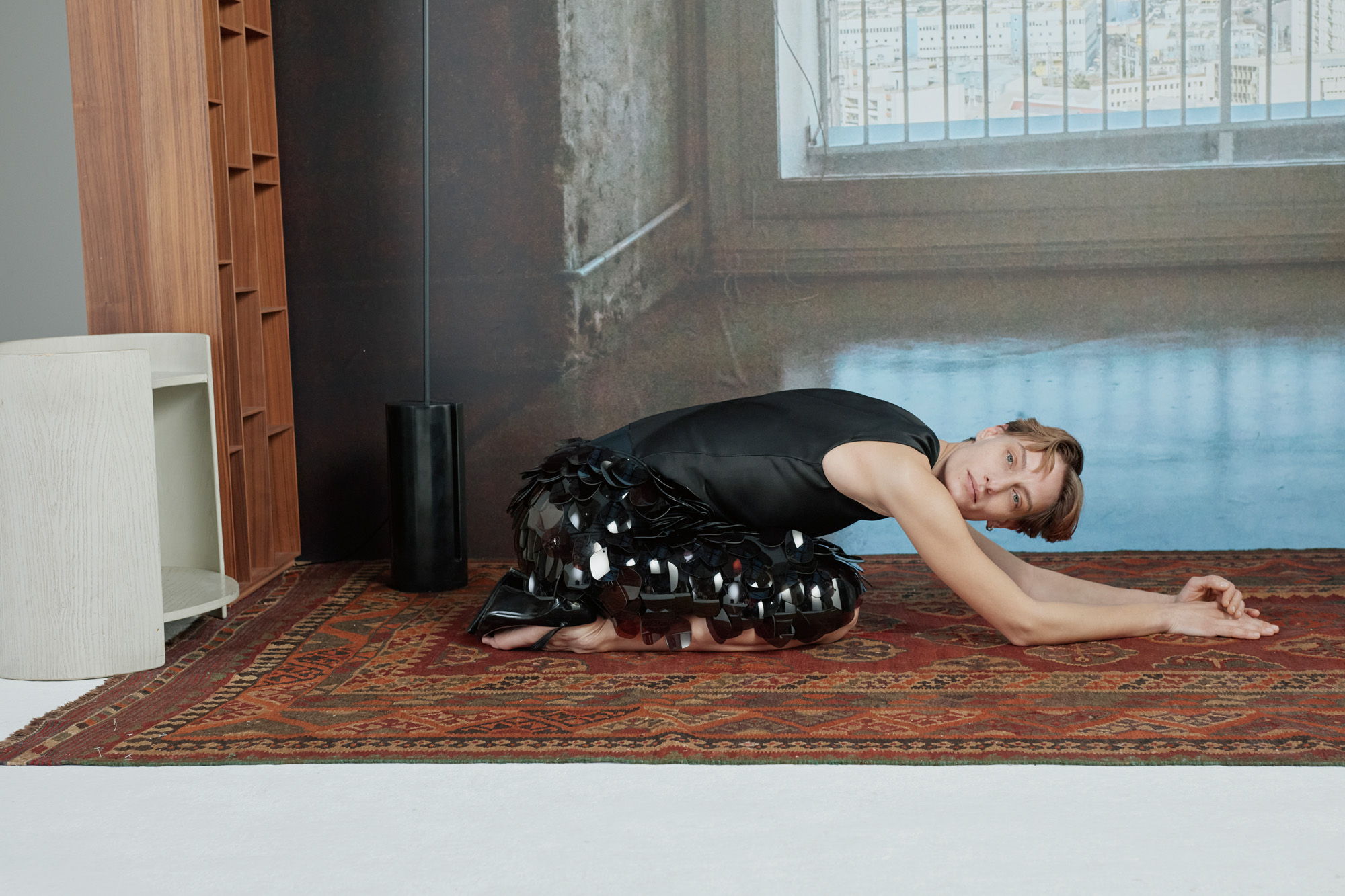 What one writer learnt in 2025 through exploring the ‘intimate, familiar’ wardrobes of ten friends
What one writer learnt in 2025 through exploring the ‘intimate, familiar’ wardrobes of ten friendsInspired by artist Sophie Calle, Colleen Kelsey’s ‘Wearing It Out’ sees the writer ask ten friends to tell the stories behind their most precious garments – from a wedding dress ordered on a whim to a pair of Prada Mary Janes
-
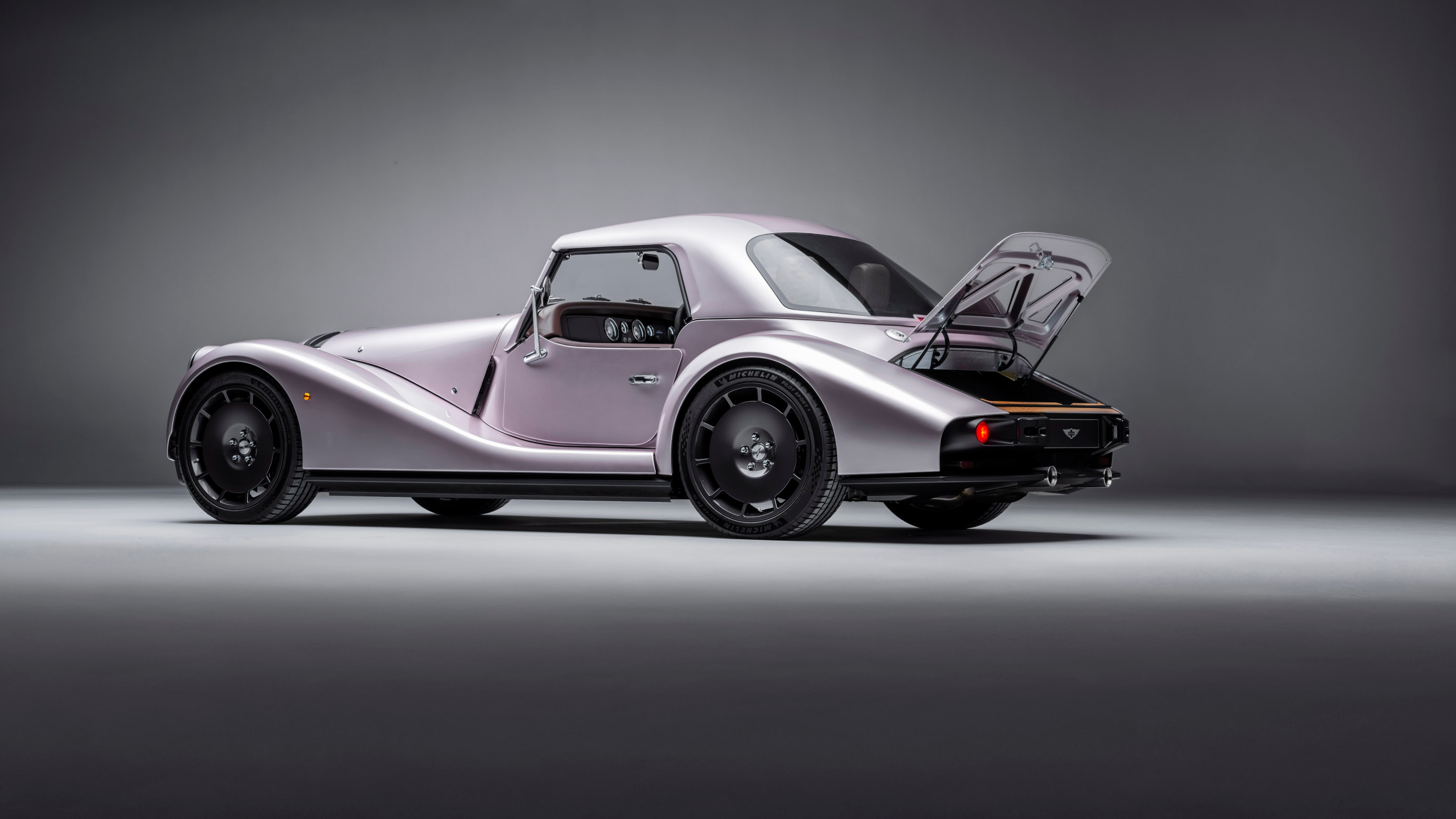 Year in review: 2025’s top ten cars chosen by transport editor Jonathan Bell
Year in review: 2025’s top ten cars chosen by transport editor Jonathan BellWhat were our chosen conveyances in 2025? These ten cars impressed, either through their look and feel, style, sophistication or all-round practicality
-
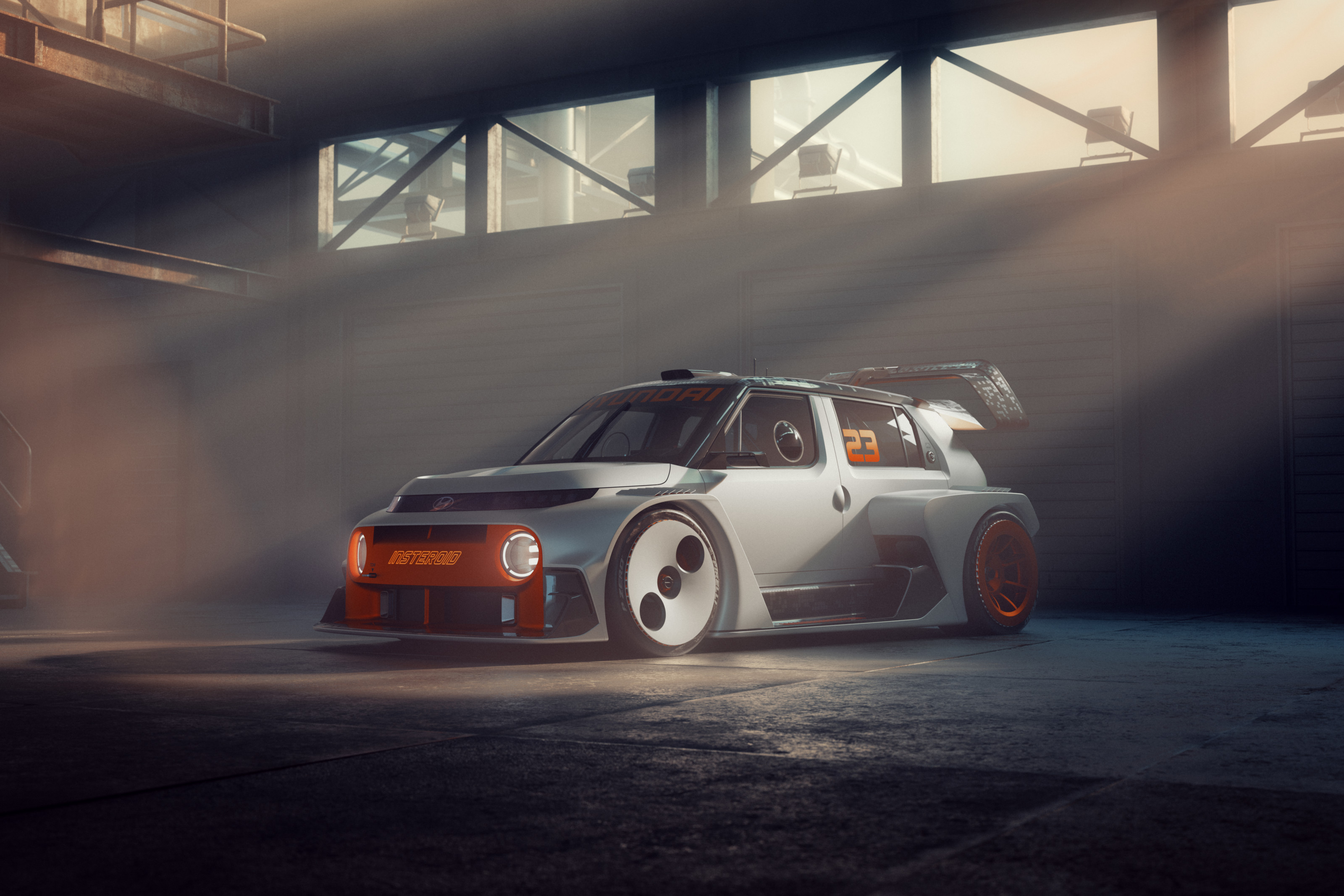 2025 Seoul Mobility Show report: all that's new and notable
2025 Seoul Mobility Show report: all that's new and notableOpened at a time of high national drama, the 2025 Seoul Mobility Show has gone on to underscore Korea’s place at the cutting edge of the auto industry. Guy Bird was there
-
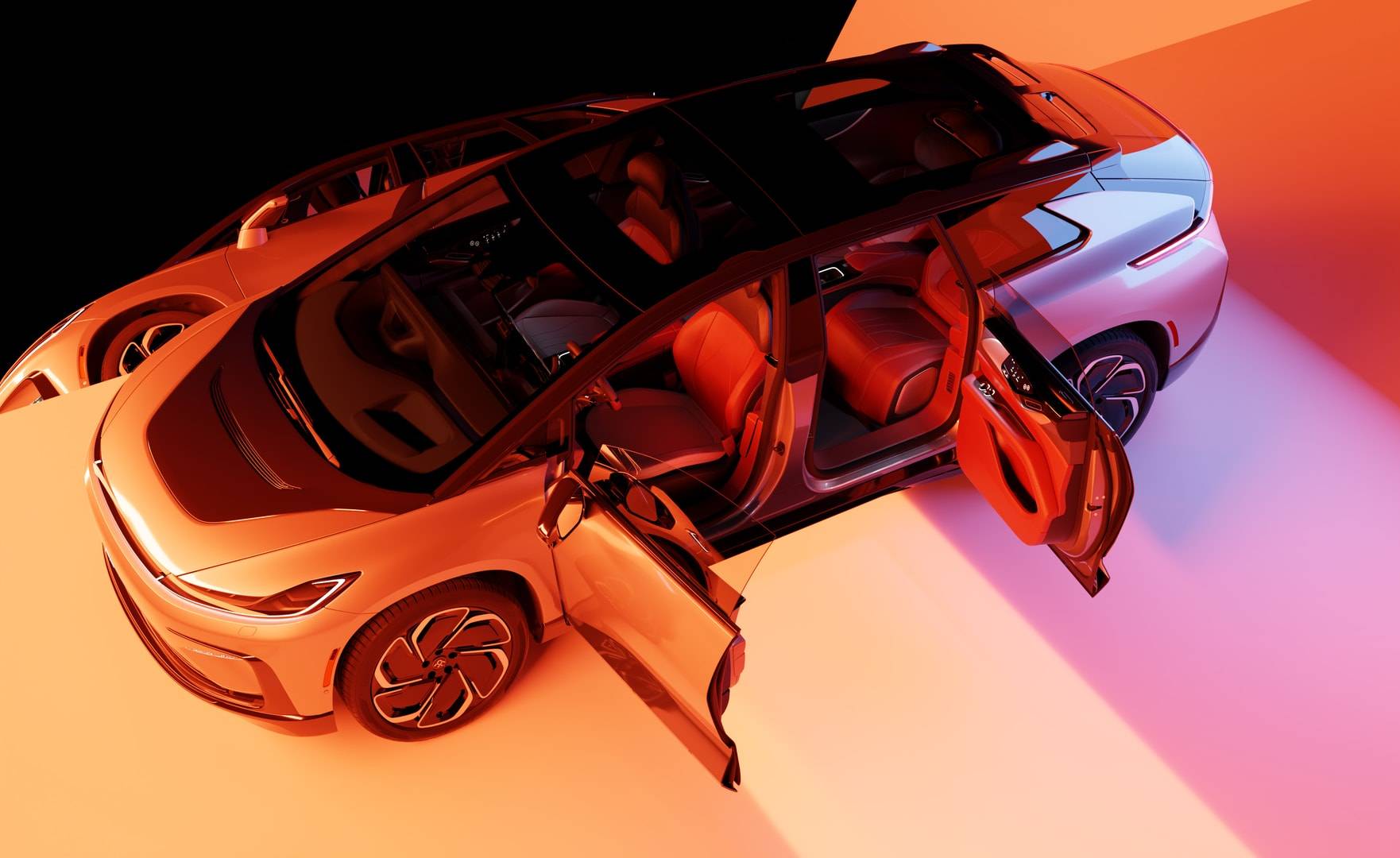 Faraday Future’s design director on the cutting-edge FF 91 EV
Faraday Future’s design director on the cutting-edge FF 91 EVFaraday Future design director Page Beermann discusses the joy of clean-sheet design for the FF 91 electric vehicle – ‘simultaneously an intelligent supercomputer and an extreme performance vehicle’
-
 ‘Pop! Pop! Pop!’: Jeff Koons on the drive behind his new limited-edition BMW 8 Series
‘Pop! Pop! Pop!’: Jeff Koons on the drive behind his new limited-edition BMW 8 SeriesWe speak to Jeff Koons about blending pop, performance and punch in his design for the BMW M850i xDrive Gran Coupé
-
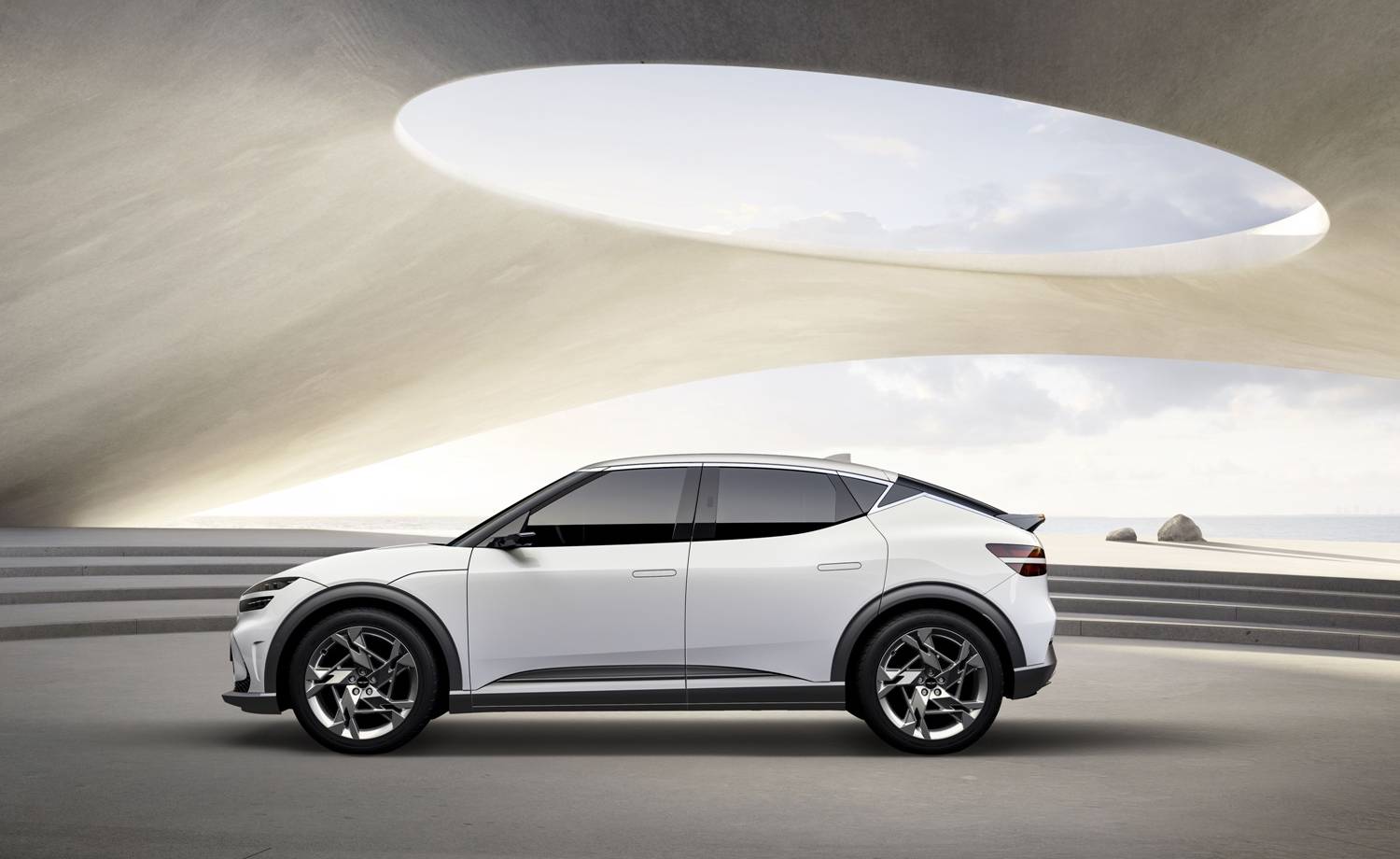 Genesis’ Luc Donckerwolke brings new shapes to luxury mobility
Genesis’ Luc Donckerwolke brings new shapes to luxury mobilityLuc Donckerwolke, Genesis’ chief brand officer and chief creative officer, on its Europe-only G70 Shooting Brake, the new Genesis EV60 electric vehicle, and the shape of cars to come
-
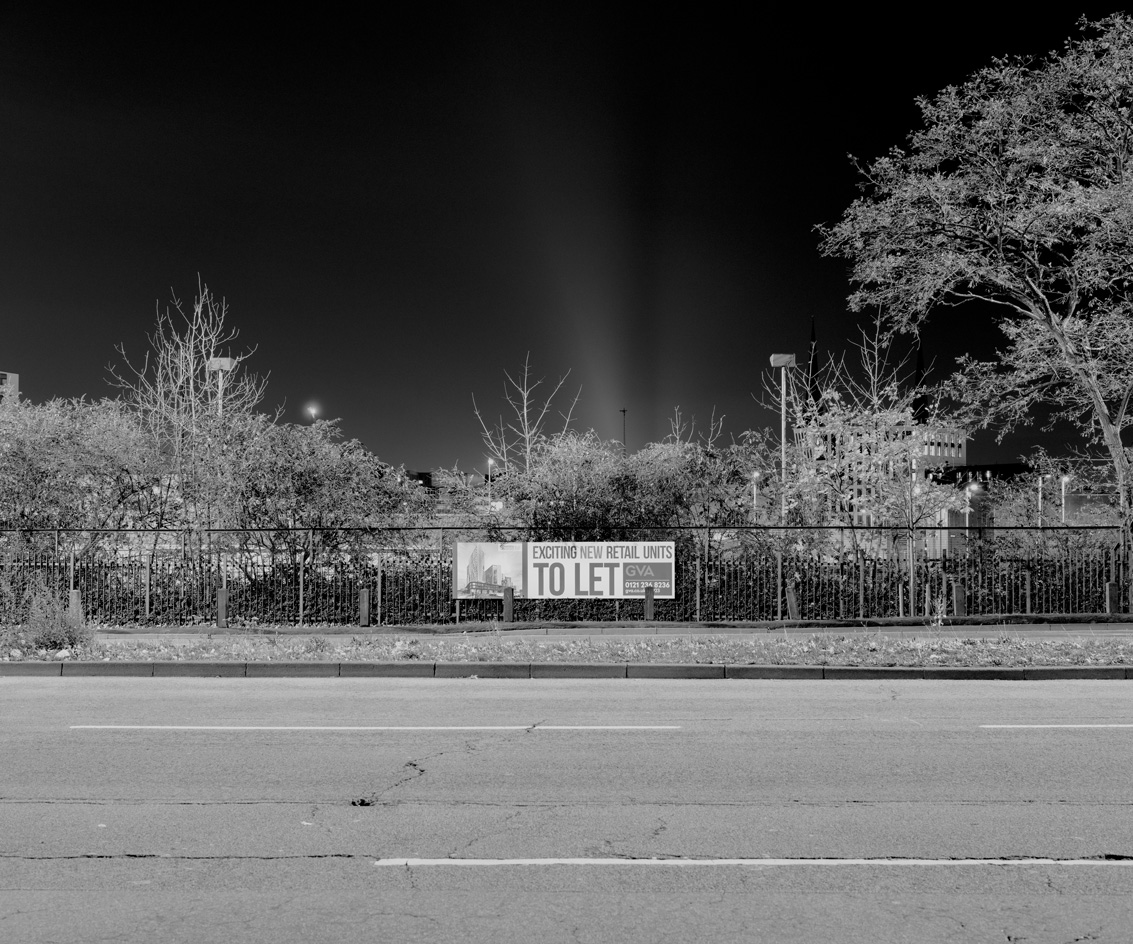 Through the lens of photographer Milo Lethorn
Through the lens of photographer Milo LethornHere, Milo Lethorn discusses the eroding perceptions of photographic ‘truth’, the marketisation of higher education, and pushing the boundaries of genre
-
 New era for BMW electric cars, says design chief Domagoj Dukec
New era for BMW electric cars, says design chief Domagoj Dukec‘BMW i models are becoming the most relevant part of the brand,’ says the company’s head of design Domagoj Dukec, as he talks about a trio of new BMW electric cars, the iX3, i4 and iX, and what they mean for the future of the brand
-
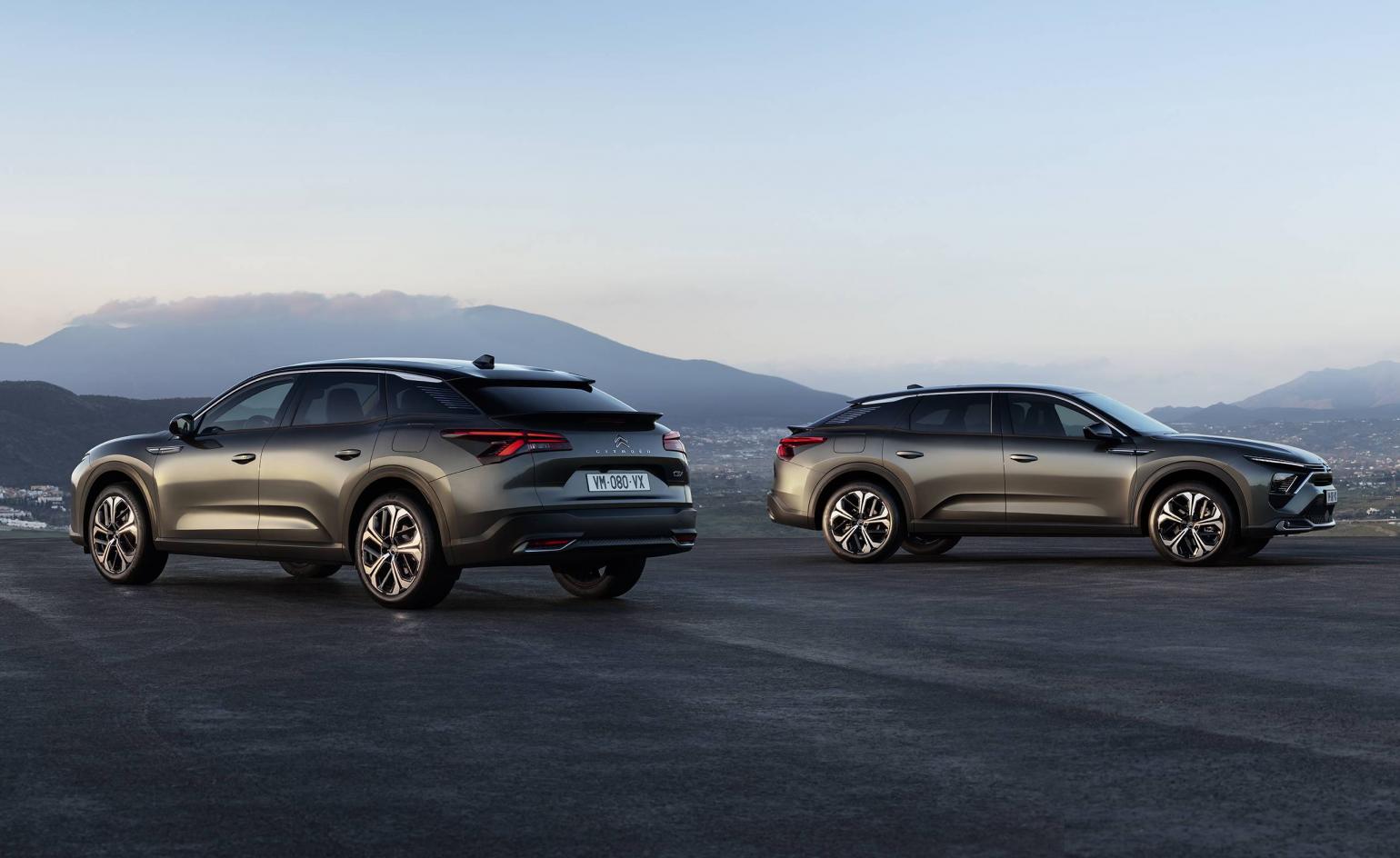 Citroën's Pierre Leclercq on the brand’s bold future
Citroën's Pierre Leclercq on the brand’s bold futureThe Citroën head of design discusses the architecture of automation, utility, versatility, and more
-
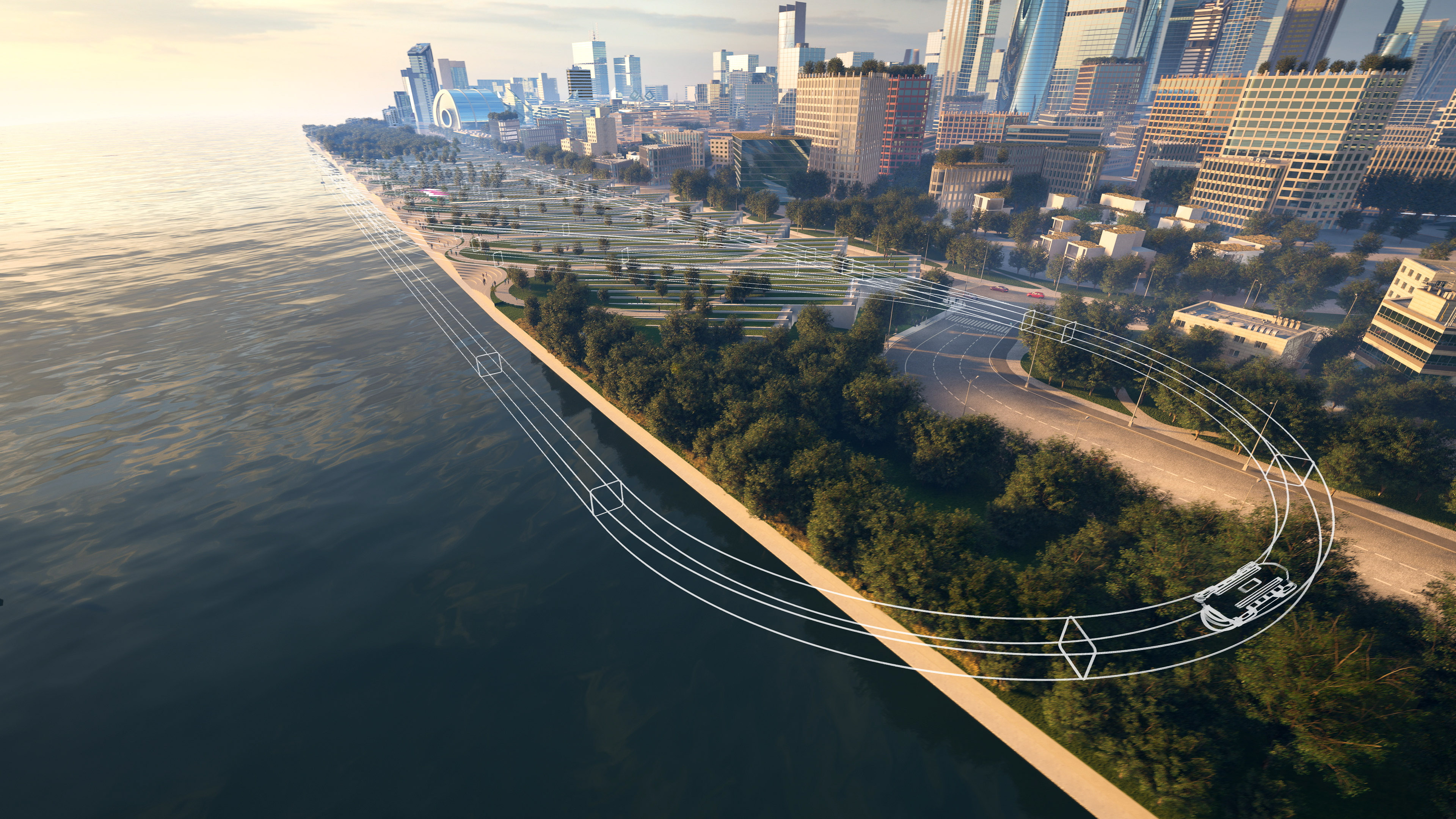 Bjarke Ingels gives shape to the Virgin Hyperloop
Bjarke Ingels gives shape to the Virgin HyperloopThe Virgin Hyperloop – a proposed mode of passenger and freight transportation – is gaining currency, aided by design ideas from BIG. ‘It’s about the destination,' says Bjarke Ingels